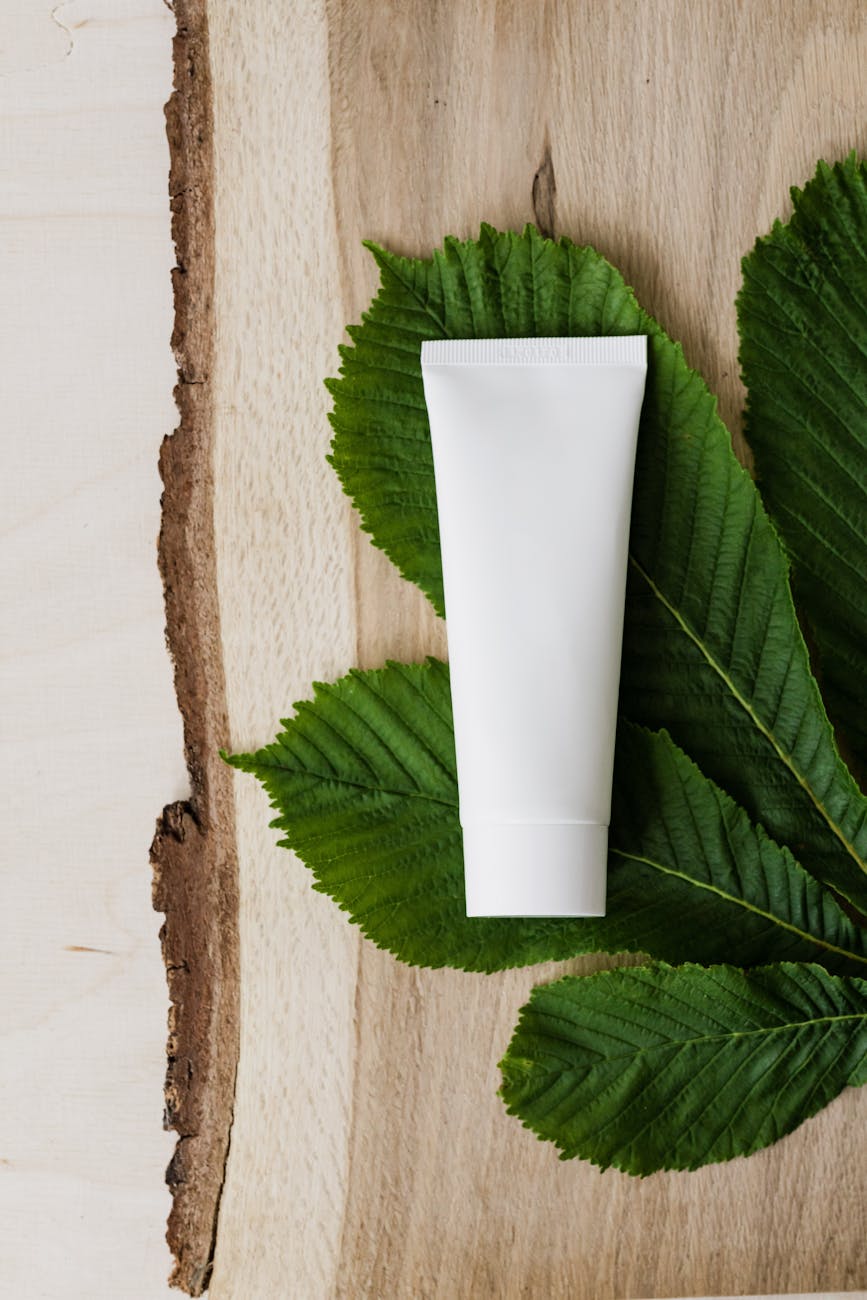Ferulic Acid was at the height of its popularity back in 2020 (i.e the year that no one will talk about again). However, many people missed that boat, and it has all the promise of making a comeback this year.
So, lets find out some fast facts and determine whether it’s worth your investment.
I’ve decided, based on your feedback, to change up some of the variables that I will look at for each ingredient. The new format will include; Type of Ingredient, Benefits, Side Effects and How Often Can You Use It.
Let me know if you like this format better!
What type of ingredient is Ferulic acid?
It’s an antioxidant.
Another name for Ferulic acid is hydroxycinnamic acid, and like many skincare ingredients its a powerful antioxidant.
They are so beloved in skincare because they act as a sort of brake for the ageing process. This because it neutralises free-radical damage from pollution, ultraviolet light, or infrared radiation. All of these are key factors in accelerating the ageing process.
Benefits of Ferulic acid
Ferulic acid’s benefits in skincare are very much centred on it’s antioxidant properties. So, this will include:
- Reducing inflammation
- Reducing the formation of fine lines and wrinkles
- Decreasing the formation of brown spots
Another interesting benefit of this acid, is that it is thought to stop melanin formation through competitive inhibition with tyrosine. This means it can be used to treat melasma, potential reducing pigmentation.
Side effects
There doesn’t seem to be very many side effects for Ferulic acid. However, if you have sensitive skin, rosacea or eczema, you may experience some irritation.
In these instances, you may want to do a patch test behind your ear.
How often can you use it?
This is really dependant on the concentration of the product and your skin’s sensitivity.
As a general rule, apply two to three drops of a ferulic acid serum or cream to clean, dry skin every morning. Try to separate its use from exfoliating acids. Follow with a moisturiser and sunscreen.
Product recommendations
Resveratrol 3% + Ferulic Acid 3% The Ordinary
- alcohol-free
- silicon-free
- fragrance-free
- sulfate-free
- paraben-free
- oil-free
- EU-allergen-free
- reef-safe
- fungal-acne safe
Ferulic + Retinol Eye Cream Dr Dennis Gross
- sulfate-free
- paraben-free
- oil-free
- EU-allergen-free
- reef-safe
- fungal-acne safe
Liquid Gold Midnight Reboot Serum Alpha H
- fragrance-free
- sulfate-free
- paraben-free
- EU-allergen-free
- reef-safe
360 Protective Eye Serum Ernest Supplies
- silicon-free
- paraben-free
- EU-allergen-free
- reef-safe
- fungal-acne safe
Vitamin B Alpha H
- alcohol-free
- silicon-free
- fragrance-free
- sulfate-free
- paraben-free
- oil-free
- EU-allergen-free
- reef-safe
- fungal-acne safe
References
Kumar, N., & Pruthi, V. (2014). Potential applications of ferulic acid from natural sources. Biotechnology Reports, 4, 86-93.
- Is Korean Skincare Better Than Any Other?In recent years, the global beauty industry has been swept by the Korean skincare wave. With its promise of flawless, radiant skin and a multitude of innovative products, Korean skincare routines have garnered a dedicated following worldwide. But amidst the hype, the question remains: is Korean skincare better than other skincare? What sets Korean skincare… Read more: Is Korean Skincare Better Than Any Other?
- Everything You Need to Know About Peptides in SkincareIn the ever-evolving world of skincare, there’s always a buzz around the latest ingredients promising to revolutionize our routines. One such powerhouse ingredient that has been gaining traction in recent years is peptides. These tiny but mighty molecules boast a plethora of benefits for our skin, from boosting collagen production to diminishing fine lines and… Read more: Everything You Need to Know About Peptides in Skincare
- Organic Skincare: What Does It Actually Mean?In recent years, the demand for organic skincare products has surged as consumers become increasingly conscious of the ingredients in their beauty products. But what does it actually mean, and how does it differ from conventional beauty products? Understanding organic skincare At its core, it refers to products formulated with ingredients derived from organic farming… Read more: Organic Skincare: What Does It Actually Mean?
- Azelaic Acid: Benefits, Uses, and MoreIn the realm of skincare, certain ingredients stand out for their remarkable efficacy, and one such ingredient is azelaic acid. You might have heard about its potency in treating various skin concerns, but what exactly is it, and how can it transform your skincare routine? What is azelaic acid? Azelaic acid is a naturally occurring… Read more: Azelaic Acid: Benefits, Uses, and More
- What Are Tocopherols?In the realm of health and wellness, certain terms often crop up, sometimes leaving us scratching our heads. One such term is “tocopherols.” You may have spotted it on the labels of your favorite skincare products or heard it mentioned in discussions about nutrition. But what are tocopherols, and why are they significant? . What… Read more: What Are Tocopherols?




Leave a Reply